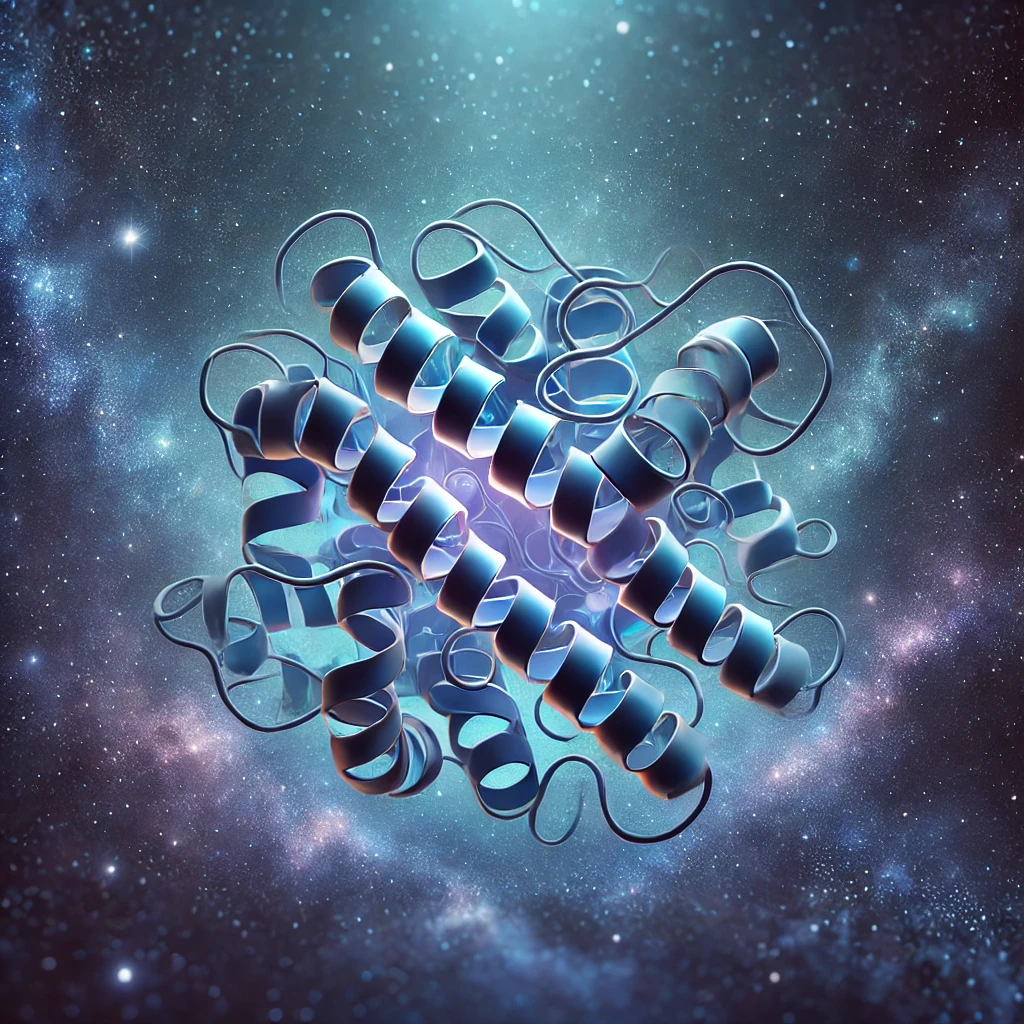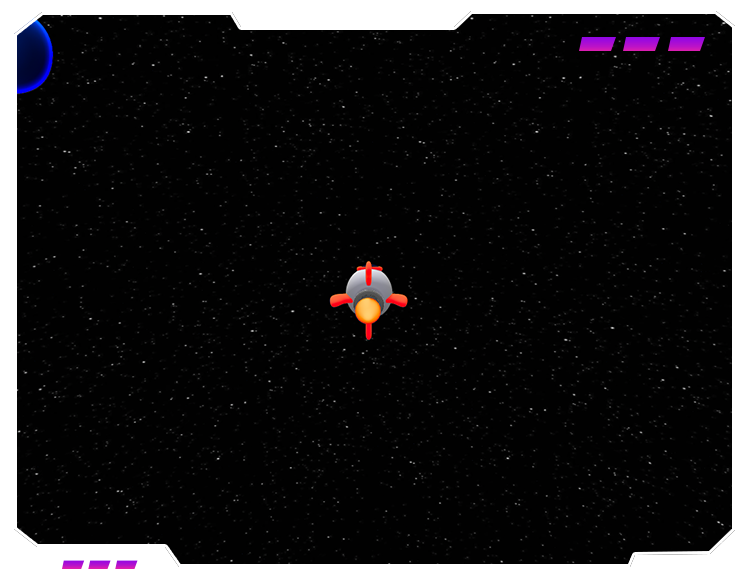Chicken Disease Classification
Deep Learning-Based Chicken Disease Classification: The project uses deep learning techniques to preprocess image data and train a model to classify chicken diseases. It incorporates a pipeline for data preprocessing and model training with version control managed via DVC.
CI/CD Integration and Containerization: GitHub Actions automates continuous integration and deployment, using Docker for containerization. The deployment workflows ensure seamless building, testing, and running of the application in cloud environments.
Cloud Deployment on AWS and Azure: The project supports deployment on AWS EC2 and Azure Web App. AWS deployment involves utilizing ECR for Docker image storage and EC2 for container execution, while Azure deployment leverages the Azure Container Registry and Web App Server for hosting the application.
Student Score Prediction
Exploratory Data Analysis (EDA): The project analyzes math score distributions across demographics, identifies correlations with socio-economic factors, and detects patterns and outliers to inform feature selection.
Data Transformation Pipeline: A preprocessing pipeline handles missing values, scales numerical data, and encodes categorical features using ColumnTrans former, ensuring high-quality and consistent input for machine learning.
Model Training and Deployment: Models are trained and optimized via Grid Search, evaluated with MAE and RMSE, and prepared for redeployment on AWS Elastic Beanstalk
Advanced RAG Agent
Advanced PDF Information Retrieval with Semantic Understanding: Implemented a robust pipeline for extracting and preprocessing content from PDFs, utilizing Optical Character Recognition (OCR) for scanned documents and embedding-based methods to semantically structure data. This ensures accurate alignment with large language models (LLMs) for advanced query answering.
Contextual Compression for Optimal Data Ingestion: Designed and integrated contextual summarization techniques, leveraging transformer-based architectures to reduce irrelevant data and noise while retaining critical semantic context. This preprocessing step enhances the efficiency and relevance of inputs fed into LLMs.
Enhanced Query Response via Adaptive Data Preprocessing: Combined hierarchical embeddings with fine-tuned LLMs to dynamically extract and rank document segments based on user query intent, enabling precise, context-aware answers directly from large PDF datasets.
House Price Predictor - Advanced
In-Depth Exploratory Data Analysis (EDA): Conducted thorough EDA to uncover data patterns and relationships, forming the foundation for effective feature engineering and model development.
Advanced Feature Engineering and Model Validation: Developed meaningful features and implemented a robust model with rigorous testing and validation, ensuring high predictive performance.
MLOps Integration with ZenML and MLflow: Utilized ZenML and MLflow for seamless experiment tracking and deployment, exemplifying proficiency in modern MLOps practices.
Protein Structure Prediction with Custom AlphaFold
Custom Implementation of AlphaFold Architecture: Recreated the AlphaFold model using Python and PyTorch, focusing on the intricate neural network layers and operations essential for accurate protein structure prediction.
Integration of Multiple Sequence Alignments and Structural Templates: Utilized multiple sequence alignments and structural templates to enhance the accuracy of protein folding predictions, effectively capturing evolutionary relationships and structural constraints.
Deployment of End-to-End Inference Pipeline: Established a streamlined inference pipeline capable of processing raw protein sequences to generate precise 3D structural models, facilitating practical applications in computational biology
Industrial Anomaly Detection with Advanced Deep Learning
Variational Autoencoder for Anomaly Detection: Implemented the Variational Autoencoder (VAE) using Python and PyTorch to reconstruct high-dimensional data and identify anomalies through reconstruction errors.
Feature Extraction and Classification: Utilized ResNet-based feature extraction combined with K-Nearest Neighbors (KNN) for accurate anomaly classification, leveraging pre-trained networks for better feature representation.
Anomaly Localization with PatchCore: Applied the PatchCore method for effective anomaly localization, identifying defective regions within industrial images to support manufacturing quality control.
































